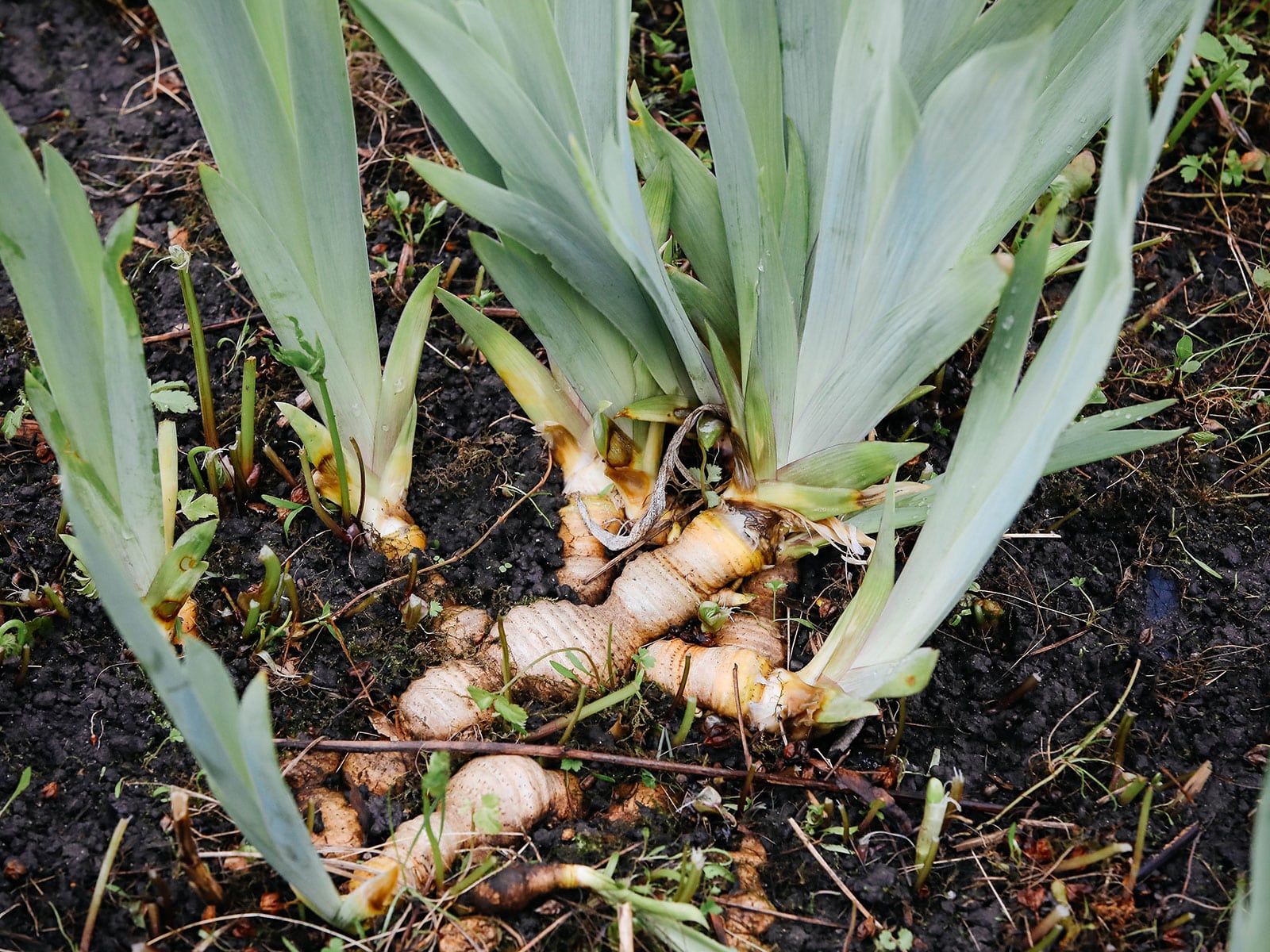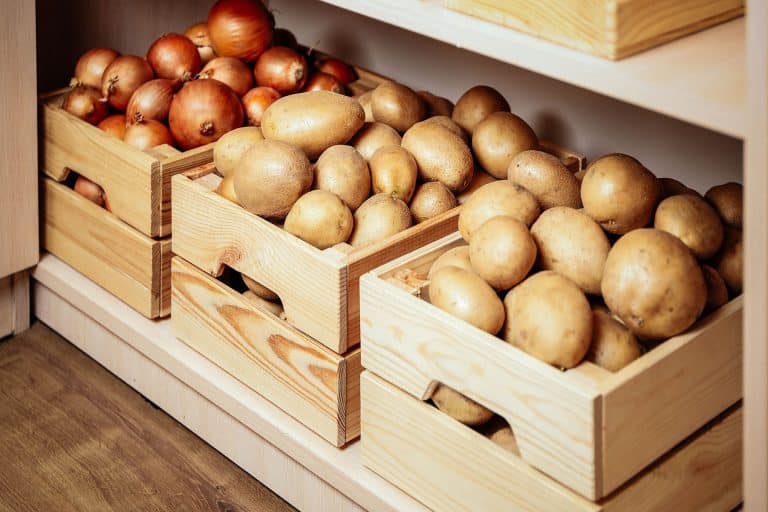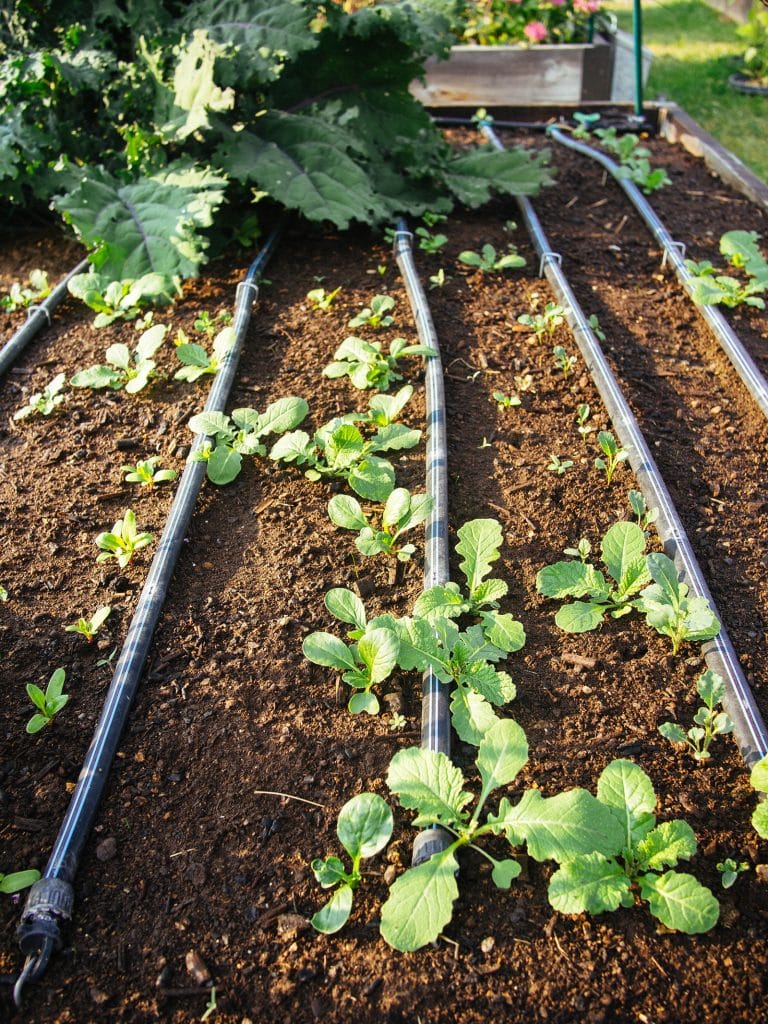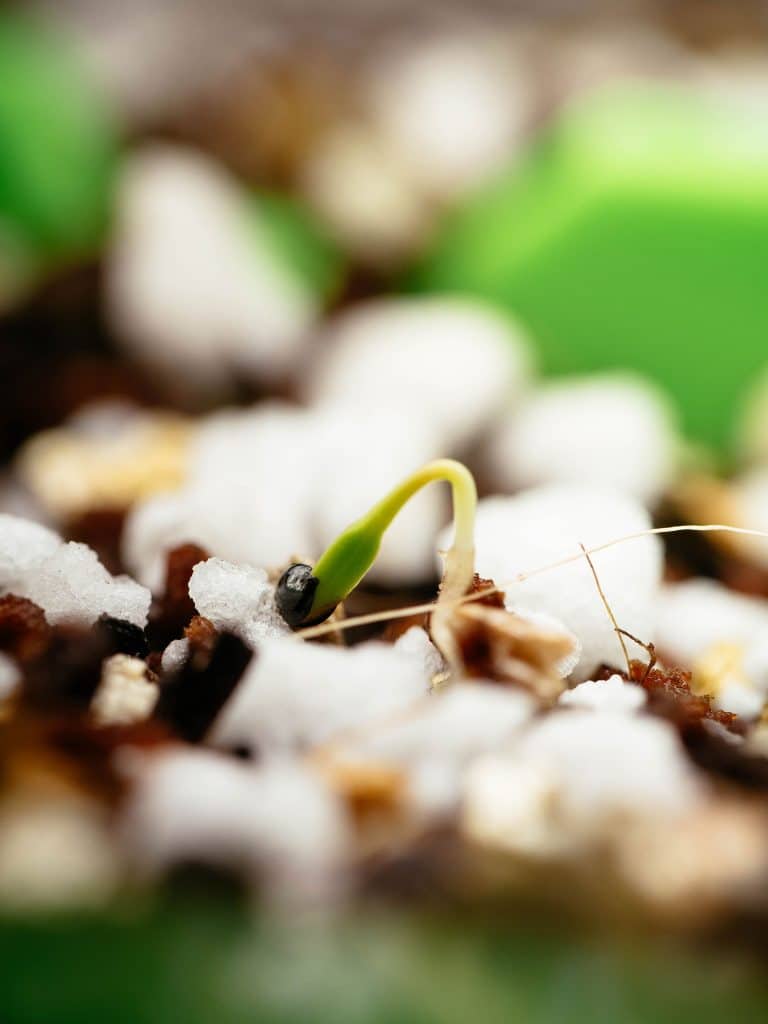I love growing perennials because they’re so low maintenance—you plant them once and enjoy them year after year. But low maintenance doesn’t mean no maintenance.
After a few years in the ground, many perennials need some end-of-season attention. As they thrive and grow taller and wider, they become overcrowded, leading to fewer blooms, dead spots, and poor growth. It’s easy to mistake these signs for other problems, and fertilizing can’t fix them—but dividing them can.
By digging up and splitting your perennials every few years, you not only get some free plants out of it, you also reinvigorate them and keep your plant stock healthier for much longer.

Plants that benefit from fall division
Fall is an ideal time to divide ornamental and edible perennials that bloom in spring and early summer. There’s usually less gardening work to do in fall compared to spring. You can see exactly where the plant is growing, how big it gets, and where you have empty spaces in the garden so you can replant the divisions. The cooler air temperature—yet residual warmth in the soil—help lessen transplant shock, and more rain means better chances of survival for new transplants.
Typically, plants with bulbs, rhizomes, or large, fleshy roots do well with fall division because they have a greater amount of energy stored for the winter ahead.
Split your perennials about four to six weeks before the ground freezes in your climate. That way, the roots have time to establish before the plants go dormant.
Quick Tip
Here’s a guide I wrote on on how to divide and replant perennials (it depends on the root structure).
Below is a list of common perennials that should be lifted and divided in fall.
Allium (including edible Allium spp.)
- When to divide: Every year or as needed
- Notes: Divide clumps once the foliage starts to die back
Artichoke
- When to divide: Every 3 to 5 years
- Notes: Separate the small pups from the parent plant to replant
Aster
- When to divide: Every 1 to 3 years
- Notes: Replant small pieces from the outside of the clump
Astilbe
- When to divide: Every 1 to 3 years
- Notes: Divide regularly for the best blooms
Barren strawberry
- When to divide: Every year or as needed
Bearded iris
- When to divide: Every 1 to 3 years
- Notes: Cut the rhizome into 3- to 4-inch sections with at least one “fan” of leaves and roots
Black-eyed Susan
- When to divide: Every 4 to 5 years
Blanket flower (Gaillardia)
- When to divide: Every 3 to 5 years
Coneflower (Echinacea)
- When to divide: Every 4 to 5 years
- Notes: Transplants will likely bloom the second year
Coral bells (Heuchera sanguinea)
- When to divide: Every 1 to 3 years
- Notes: Discard the woody central portion
Cornflower
- When to divide: Every 1 to 3 years
Cranesbill (Geranium spp.)
- When to divide: Every 6 to 10 years
Creeping lilyturf
- When to divide: Every year or as needed
- Notes: Divide to keep the plant from becoming too aggressive
Creeping phlox
- When to divide: Every 1 to 3 years
- Notes: Replant only the non-woody stems
Dwarf hollyhock (Sidalcea spp.)
- When to divide: Every 1 to 3 years
Foamflower
- When to divide: Every 1 to 3 years
Goldenrod
- When to divide: Every 4 to 5 years
Hens and chicks
- When to divide: Every year or as needed
- Notes: Separate the small outer rosettes from the parent plant to replant
Hosta
- When to divide: Every 6 to 10 years
Jack-in-the-pulpit
- When to divide: Every year or as needed
- Notes: Divide when the plant is dormant
Joe Pye weed
- When to divide: Every 1 to 3 years
Lady’s mantle
- When to divide: Every 6 to 10 years
Lamb’s ears
- When to divide: Every 4 to 5 years
Ligularia
- When to divide: Every 6 to 10 years
Lily (Lilium)
- When to divide: Every year or as needed
Masterwort (Astrantia spp.)
- When to divide: Every 4 to 5 years
Mint
- When to divide: Every 3 to 5 years
- Notes: Divide to keep the plant from becoming too aggressive
Oriental poppy
- When to divide: Every 6 to 10 years
Peony
- When to divide: Every 10 years or as needed
Periwinkle
- When to divide: Every year or as needed
Primrose
- When to divide: Every year or as needed
Rose mallow (perennial Hibiscus)
- When to divide: Every 10 years or as needed
Sage (Salvia spp.)
- When to divide: Every 6 to 10 years
- Notes: Divide when center of plant dies
Shasta daisy
- When to divide: Every 1 to 3 years
- Notes: Discard old central portion
Siberian iris
- When to divide: Every 6 to 10 years
- Notes: Cut leaves back to 6 to 12 inches before dividing
Snow-in-summer
- When to divide: Every 1 to 3 years
Snow-on-the-mountain
- When to divide: Every 1 to 3 years
- Notes: Divide to keep the plant from becoming too aggressive
Solomon’s seal
- When to divide: Every 6 to 10 years
Speedwell
- When to divide: Every 3 to 5 years
Sweet woodruff
- When to divide: Every year or as needed
Tall phlox
- When to divide: Every 2 to 4 years
- Notes: Discard the dead or woody central core
Tickseed (Coreopsis)
- When to divide: Every 1 to 3 years
Violet
- When to divide: Every year or as needed
Wild ginger
- When to divide: Every 6 to 10 years
















Love it, thank you 🌞
What about hellebores? When should they be divided?